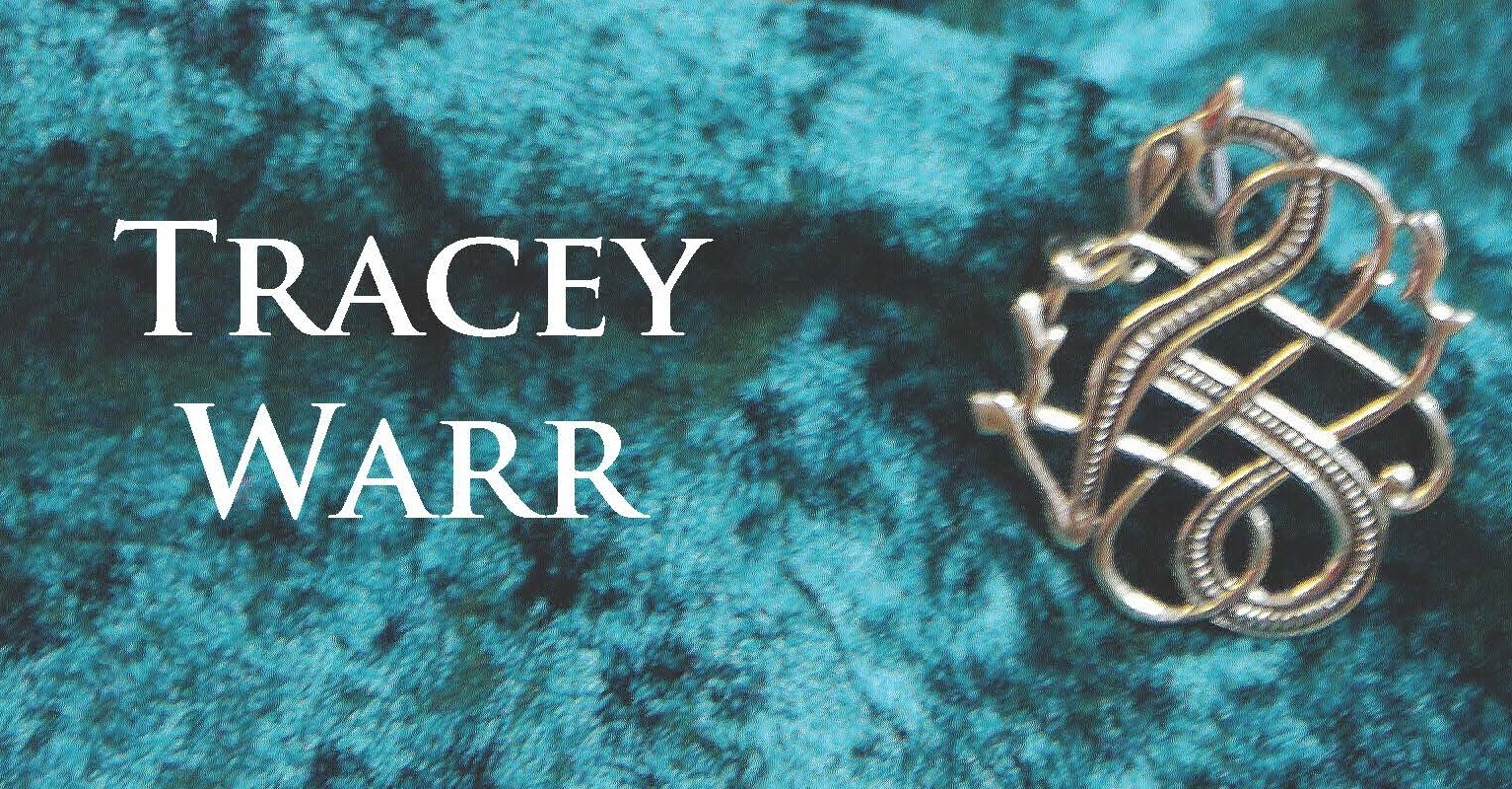I was invited to talk about medieval Occitan female lords at a delightful tea party this week with 12 women who all live near me in southwest France. The sun dappled the table shaded by vines and wisteria, the teacups chinked delicately, the apple and rosemary cake melted on the tongue, wild flowers burgeoned and discussion scintillated.
I spoke about how 10-12% of lords in the 10th-12th centuries in the Occitan-speaking territory (now southern France) were female. The Occitan female lords ruled castles, cities and counties. Some of them led armies into battle. They were called domnas (female lords) in the Occitan language.
My hostess asked me to focus on local medieval women, so I mostly spoke about the female lords in and around Toulouse and Carcassonne (including Adelaide-Blanche of Anjou, Ermessende of Carcassonne, Almodis of La Marche, Raingarde of La Marche, Lucia of La Marche, Ermengard of Carcassonne). I did search for someone really local, but the best I could come up with was this 15th century book about life in Laguepie, a few miles from where we were drinking tea – not about female lords, but full of delightful images of life in the Middle Ages.

Some of these female rulers were regents – standing in place of their sons, who were minors, or in place of their husbands, who had died or were away on crusade. Some inherited in their own right when there was no son to do so. The female lords who were heiresses in their own right often had to contend with husbands, uncles and nephews who wanted to usurp their power. This was the case for Philippa of Toulouse (1073-1118), Ermengard of Narbonne (1127-1197), and Marie of Montpellier (1182-1213). Countess Beatrice of Mauguio (1130-1190) disinherited her own son when he tried to usurp her title.
I am presenting a talk on Almodis of La Marche, countess of Toulouse and Barcelona, and her two sisters, Raingarde, countess of Carcassonne, and Lucia, countess of Pallars Sobira, as part of the Occitan University on Friday 19 July, 9pm at Château de Saint-Martin-Laguépie, 81170, France. I’m also running a ‘Be Your Own Troubadour’ workshop where you can write your own troubadour vida (boastful biography) and tenso (argument poem in two voices about love).
More information: http://www.lengaviva.com
https://www.facebook.com/groups/21846609750/user/100076116229213/
or contact me at info@meandabooks.com
Sources
Aurell, M. (1994) Les Noces du Comte: Mariage et Pouvoir en Catalogne (785–1213), FeniXX.
Cheyette, F. L. (2001) Ermengard of Narbonne and the World of the Troubadours, Cornell University Press.
Débax, H. (2013) ‘Le lien d’homme à homme au féminin: Femmes et féodalité en Languedoc et en Catalogne (XIe–XIIe siècles)’, Etudes Roussillonnaises: Les Femmes Dans L’Espace Nord-Méditerranéen, 25, pp. 71–82.
LoPrete, K. A., & Evergates, T. (1999). ‘Introduction’. In T. Evergates (Ed.), Aristocratic Women in Medieval France (pp. 1–6). University of Pennsylvania Press.
Mundy, J. H. (1954) Liberty and Political Power in Toulouse 1050–1230, Columbia University Press.
Paterson, L. M. (1993) The World of the Troubadours: Medieval Occitan Society, c. 1100–c.1300, Cambridge University Press.
